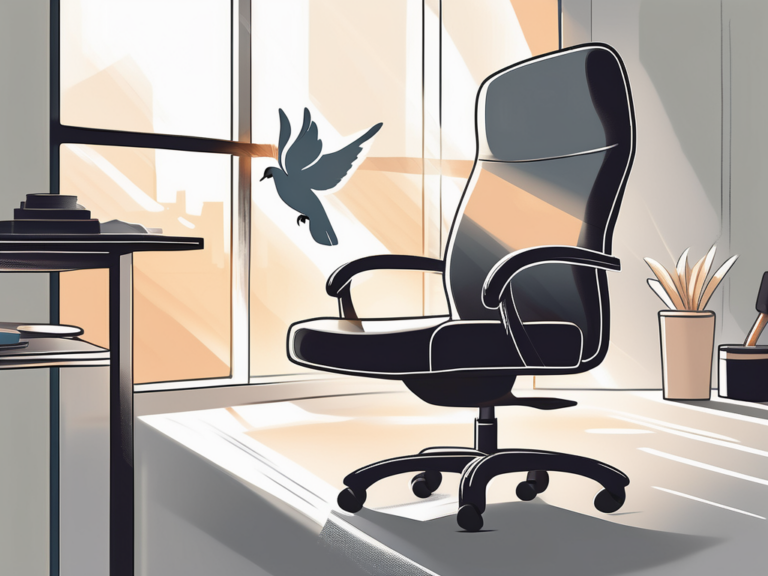Understanding the Trochlear Nerve: Functions and Disorders
The trochlear nerve, also known as cranial nerve IV, plays a crucial role in our visual system. As one of the twelve cranial nerves, it originates in the midbrain and innervates the superior oblique muscle of the eye. This muscle is responsible for moving the eye downward and inward, allowing for precise eye movements and coordination. In this article, we will delve into the fascinating world of the trochlear nerve, exploring its anatomy, functions, and the disorders that can affect it.
An Overview of the Trochlear Nerve
The trochlear nerve is unique among the cranial nerves, as it is the only one to emerge from the dorsal surface of the brainstem. It takes a long and intricate path within the brain before innervating the superior oblique muscle of the eye. Although it is one of the smallest cranial nerves, its significance should not be overlooked, as its dysfunction can lead to a range of visual disturbances.
Anatomy of the Trochlear Nerve
The trochlear nerve arises from the trochlear nucleus, located in the dorsal aspect of the midbrain. It emerges near the inferior colliculus and decussates (crosses) within the midbrain before entering the cavernous sinus. From there, it traverses the superior orbital fissure and finally reaches the superior oblique muscle, which it innervates.
The long and convoluted path of the trochlear nerve leaves it vulnerable to various types of injury and compression. For example, a head injury or damage to the brainstem can affect its function, leading to a condition known as trochlear nerve palsy.
The Role of the Trochlear Nerve in Vision
As mentioned earlier, the trochlear nerve controls the movement of the superior oblique muscle, which is responsible for downward and inward eye rotation. This specific motion of the eye is crucial for stereoscopic vision, depth perception, and accurate eye coordination.
When the trochlear nerve is functioning properly, it ensures that both eyes work together harmoniously. Any disruption in its function can result in a range of visual disturbances, including double vision, misalignment of the eyes, and difficulties focusing on objects at different distances.
It is important to note that the trochlear nerve does not work in isolation. It is part of a complex network of nerves and muscles that work together to control eye movements. The trochlear nerve coordinates with other cranial nerves, such as the oculomotor nerve, to ensure smooth and coordinated eye movements.
In addition to its role in eye movement, the trochlear nerve also plays a role in proprioception. Proprioception is the body’s ability to sense the position and movement of its own parts. The trochlear nerve provides sensory feedback from the superior oblique muscle, allowing the brain to have a sense of the muscle’s position and tension.
Overall, the trochlear nerve is a small but mighty cranial nerve that plays a crucial role in vision and eye coordination. Its intricate pathway and vulnerability to injury highlight its importance in maintaining optimal visual function. Understanding the anatomy and function of the trochlear nerve can help in diagnosing and treating conditions that affect its proper functioning.
Disorders Associated with the Trochlear Nerve
Trochlear nerve disorders can have a significant impact on an individual’s visual acuity and overall quality of life. Common symptoms of trochlear nerve dysfunction include diplopia (double vision), eye misalignment, and difficulties with downward gaze. Let’s explore some of the most prevalent disorders associated with the trochlear nerve.
Symptoms of Trochlear Nerve Disorders
When the trochlear nerve is affected, individuals may experience a range of debilitating symptoms. These can include vertical or torsional diplopia, which is the perception of two distinct images overlapping one another. It is important to note that these symptoms may worsen with activities requiring downward eye movements, such as reading or climbing stairs.
In addition to diplopia, trochlear nerve disorders can also manifest as eye misalignment. This misalignment, referred to as hypertropia, occurs when one eye deviates vertically, leading to an imbalance in the visual system. The resulting visual disturbances can have a profound impact on day-to-day activities, such as driving and reading.
Common Trochlear Nerve Disorders
There are several conditions that can affect the trochlear nerve, resulting in functional impairment and discomfort for individuals. Some of the most common disorders include trochlear nerve palsy, trochlear nerve compression, and trochlear nerve trauma.
Trochlear nerve palsy, often caused by head trauma or microvascular disease, occurs when the nerve is unable to send the appropriate signals to the superior oblique muscle. This leads to weakness or paralysis of the muscle, resulting in the characteristic symptoms discussed earlier. Trochlear nerve compression or entrapment can occur due to a variety of factors, such as tumors, vascular malformations, or inflammation of the surrounding structures. Lastly, direct trauma to the eye or orbit can cause damage to the trochlear nerve, leading to functional impairment and visual disturbances.
It is worth noting that trochlear nerve disorders can vary in severity and presentation. Some individuals may experience intermittent symptoms, while others may have a more chronic and debilitating condition. The diagnosis of trochlear nerve disorders often involves a comprehensive evaluation by a neurologist or ophthalmologist, including a detailed medical history, physical examination, and specialized tests such as imaging studies.
Treatment options for trochlear nerve disorders depend on the underlying cause and severity of the condition. Conservative management may include the use of prism glasses to correct eye misalignment and alleviate diplopia. Physical therapy and eye exercises can also be beneficial in improving eye coordination and reducing symptoms. In more severe cases, surgical intervention may be necessary to address the underlying cause of the trochlear nerve dysfunction.
Living with a trochlear nerve disorder can be challenging, but with proper management and support, individuals can regain or maintain their visual function and overall quality of life. It is important for individuals experiencing any symptoms related to the trochlear nerve to seek medical attention promptly to ensure timely diagnosis and appropriate treatment.






